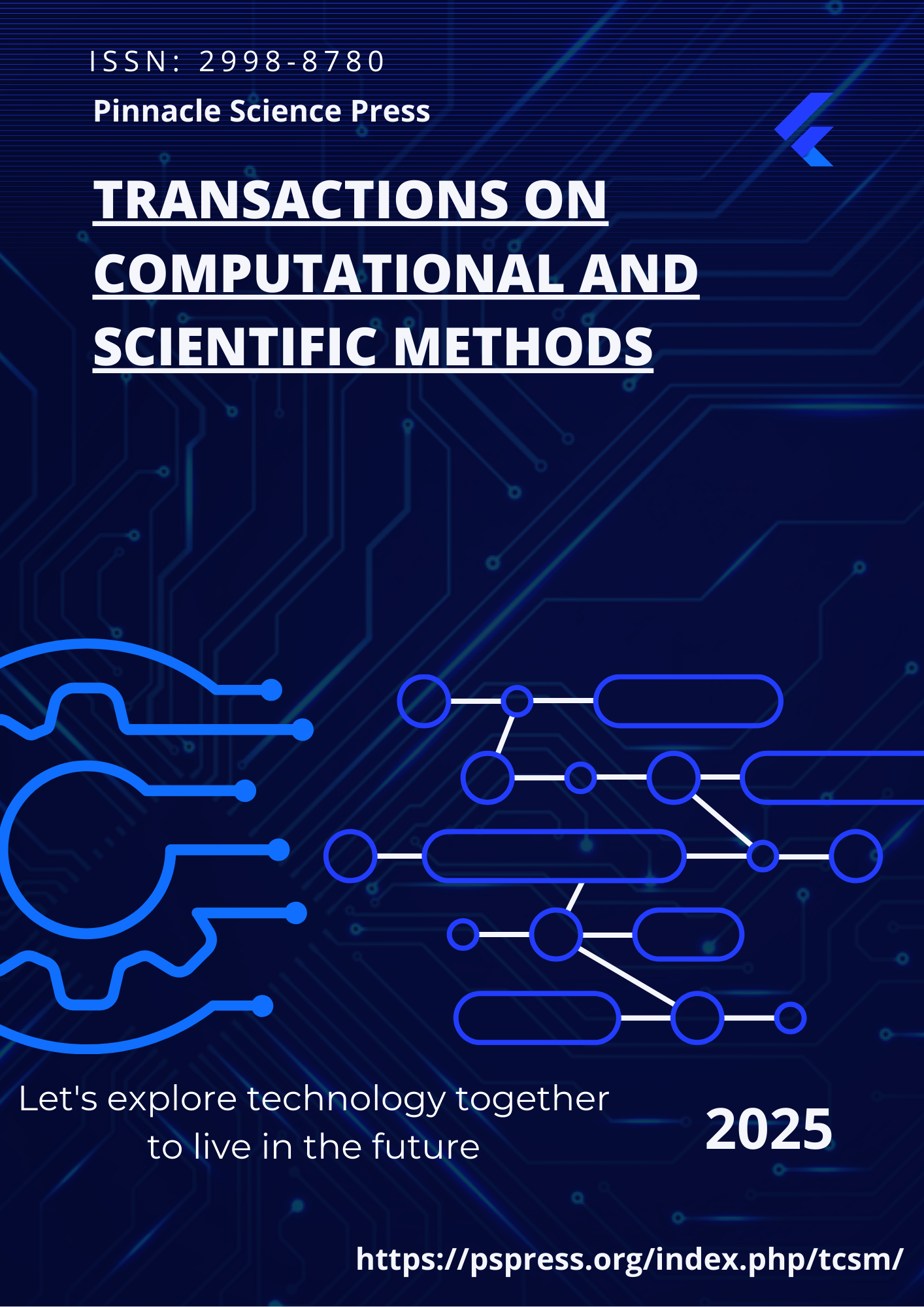Intelligent Mobility through Autonomous Driving: Multimodal Perception, Robust Planning, and Future Directions

Abstract
Autonomous driving has emerged as one of the most transformative technologies in intelligent transportation, combining advancements in artificial intelligence, robotics, and cyber-physical systems. By integrating multimodal sensing, high-definition mapping, and data-driven decision-making, autonomous vehicles promise to enhance road safety, reduce traffic congestion, and enable new mobility services. Over the past decade, substantial progress has been made in perception, localization, planning, and control, supported by deep learning and reinforcement learning methods that allow vehicles to operate with increasing autonomy across diverse driving conditions. Despite rapid advancements, significant challenges remain in achieving reliable performance in complex urban environments, ensuring safety under uncertainty, addressing ethical and legal issues, and reducing the cost of large-scale deployment. This paper provides a comprehensive survey of autonomous driving technologies, covering perception and localization techniques, decision-making and planning algorithms, and control strategies. We further review real-world applications, current limitations, and open research challenges, and discuss emerging directions such as vehicle-to-everything (V2X) communication, federated learning, and adaptive driving strategies. The goal of this survey is to provide an integrated perspective on the state of the art in autonomous driving, highlight the progress achieved so far, and identify the technical and societal hurdles that must be addressed to realize safe, scalable, and trustworthy autonomous transportation systems.